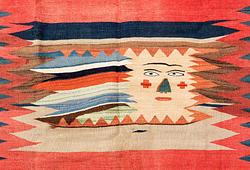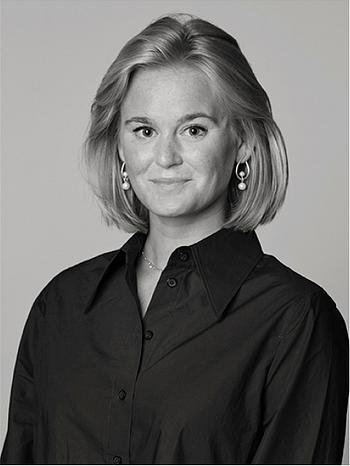Sven X:et Erixson
"Venedig"
Signed Sven Erixson and dated -30. Canvas 73 x 92 cm.
Provenance
Svensk-Franska konstgalleriet, Stockholm, 1931.
Thence by descent within the family to present owner.
Exhibitions
Svensk-Franska konstgalleriet, Stockholm, "Sven Erixson", March 1931, cat. no. 13.
More information
1930-talet var ett intensivt årtionde för X.et. Han var dels engagerad som formgivare vid Kosta glasbruk, dels reste han flitigt både i Europa och i Sverige samtidigt som utställningarna avlöste varandra. I mars 1930, efter ett par månader i Paris, reste han till München för att där möta sin fru Bojan. Tillsammans for de vidare till Venedig där de stannade någon vecka innan de fortsatte till Dubrovnik, Mlini, Dalmatien, Montenegro, Mondsee, Sarajevo, Wien och Salzburg. Resorna kom att vara en stor inspirationskälla för X:et och avspeglar sig i hans målningar.
I auktionens målning ”Venedig” råder en nattlig stämning med en dämpad färgskala som dock lyses upp av den stjärnbeströdda himlen, de festligt dekorerade båtarna på kanalen och belysningen på Markus-platsen som reflekteras i det mörka vattnet. Med en osviklig känsla för färg och form ger X:et liv åt hela målningen.
Målningar av X:et från det tidiga 1930-talet är ovanliga. Verket förvärvades på Svensk-Franska konstgalleriet i Stockholm 1931 och har varit i samma familjs ägo sedan dess.
Artist
Sven Erixson, today more commenly known as X, was born in 1899 in Stockholm. He studied to become a decoration painter and art teacher at the Technical School in Stockholm after which he studied at the Higher School of Art and Design alongside study trips to Germany, France, Italy, Spain and North Africa. Despite being an inportant artist amoungst Swedish art, Erixson does not let etiquette and style limit his painting style. His greatest creation is defined by a tempremental style in stark colour patterns. Erixson's paintings balances between impressive, somewhat brutal expressions and a soft lyricism. He is one of the founders of the group Färg och Form, whose primitivist faction he belonged to. With an aura of narrative joy, Erixson recounts his experiences. He had an irresistable desire to share everything that he saw. He was inspired, much like Bror Hjorth of both folk art and mural painting from the middle ages, while also finding inspiration from German expressionism. But he speaks with greatest esteem about Chaim Soutines art. In a multitude of paintings, he conveyed his zest for life, with surfaces filled with swiftly captured figures. During the 1930s, his visual world was filled with family and the idyllic torpor, his canvas became greater and more complete. During the war he painted on butter paper, not only for practicalities sake, but also to take advantage of the slippery reflective surface which the paper supplies. Narration decreased in the 1950s when he was influenced by spontaneity, which in the following years led him to abstract spontaneous painting.
Read more























































